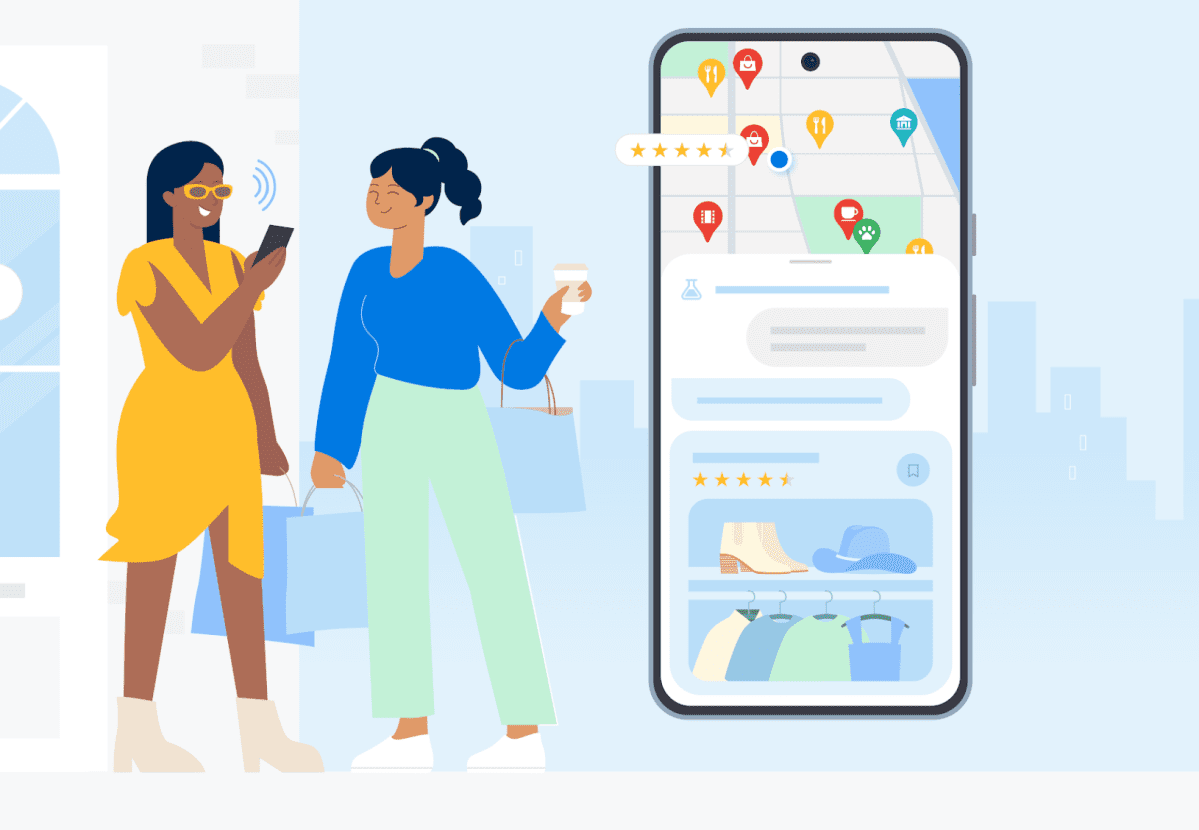Google launches limited test of generative AI tools in Maps
Google adds generative AI to Maps. The feature is in early access and only available to certain areas and to certain Local Guides members, but it seems like an interesting use of the technology. Basically, the tool allows you to talk to the app using natural language to discover new places in your hometown or […]

Google adds generative AI to Maps. The feature is in early access and only available to certain areas and to certain Local Guides members, but it seems like an interesting use of the technology. Basically, the tool allows you to talk to the app using natural language to discover new places in your hometown or when traveling across our great country.
Here’s how it works. Ask the app what you’re looking for, such as a restaurant to accommodate your group of friends with various dietary restrictions. The company’s large language models will analyze information on more than 250 million locations as well as information provided by community members through its Local Guides program. He should be able to spit out the perfect spot.
Google says the system will work “no matter how specific, niche, or broad your needs are.” The company sets an ambitious example of thrift shopping in San Francisco. It describes a scenario in which a person asks the app for vintage thrift stores in the city. AI models analyzed nearby locations, as well as community photos, ratings, and reviews. The app offers a range of options, complete with photo carousels and review summaries.
Since it’s generative AI, you can go even further. If you ask the app to find a good lunch spot, it will automatically search for something that matches the retro vibe of the aforementioned vintage store. In other words, it remembers the things you like, within reason.
This feature can also be used on the fly, with Google giving an example of requesting activities from the AI in the event of a sudden storm. You can further refine search results by asking follow-up questions. This all sounds pretty interesting, but the functionality is certainly limited at the moment, as it’s restricted to US users and only in certain regions. Once early access users give enough feedback, it should start appearing in more places.
Of course, this isn’t Google’s first AI rodeo. The company adopted the Chrome browser and made it available to everyone in the United States. It also continues to jam Pixel phones












